Weight and Mass can be very confusing and people often use them interchangeably without really thinking about which is correct, but very simply:
Mass is a measure of how much matter an object is made up of. Mass remains constant. The mass of an object on the moon ( or anywhere in the universe ) is the same as on Earth.
The weight of an object depends on gravity. There's less gravity on the moon so the same object weighs less on the moon than it does on Earth.
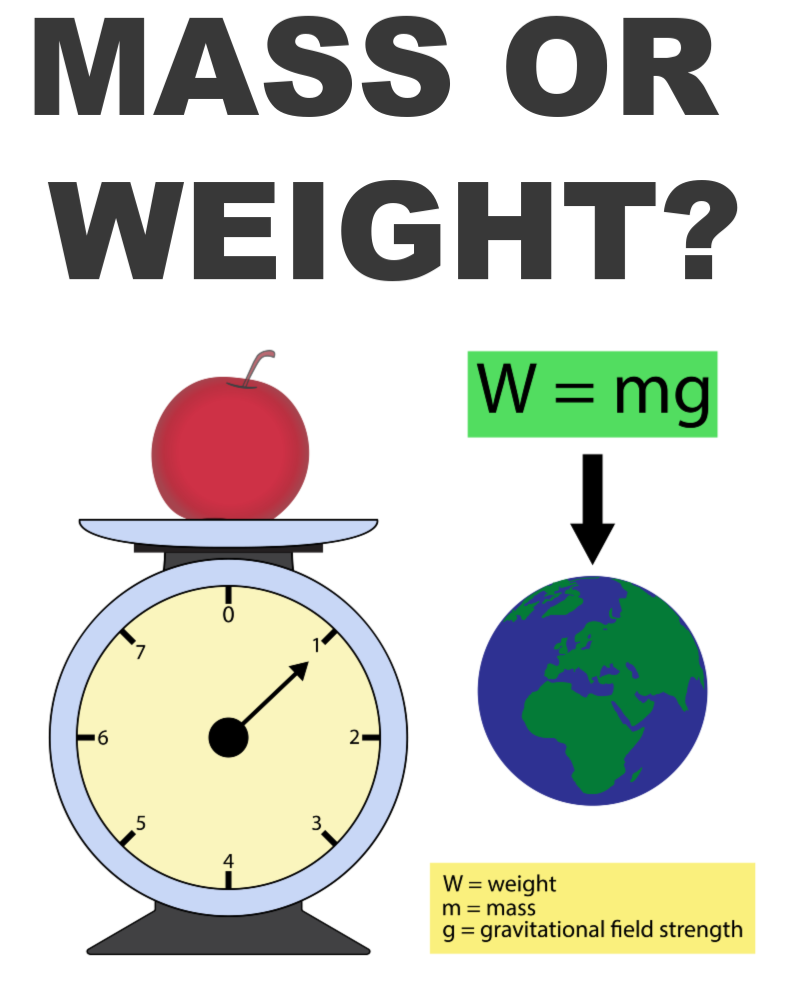
Mass and Weight Facts
Mass cannot be zero. Everything has mass.
Gravity has no effect on the mass of an object.
Mass is often measured in grams, kilograms and milligrams using ordinary scales.
Your weight depends on where you are in the universe. The stronger the gravitational pull the more you weigh!
Weight is a measure of the force of gravity on an object and is measured in Newtons ( N ). A 1 kg mass has a force of 9.8 N on Earth.
Weight (W) = Mass (M) x Gravitational Acceleration (g)
W = mg
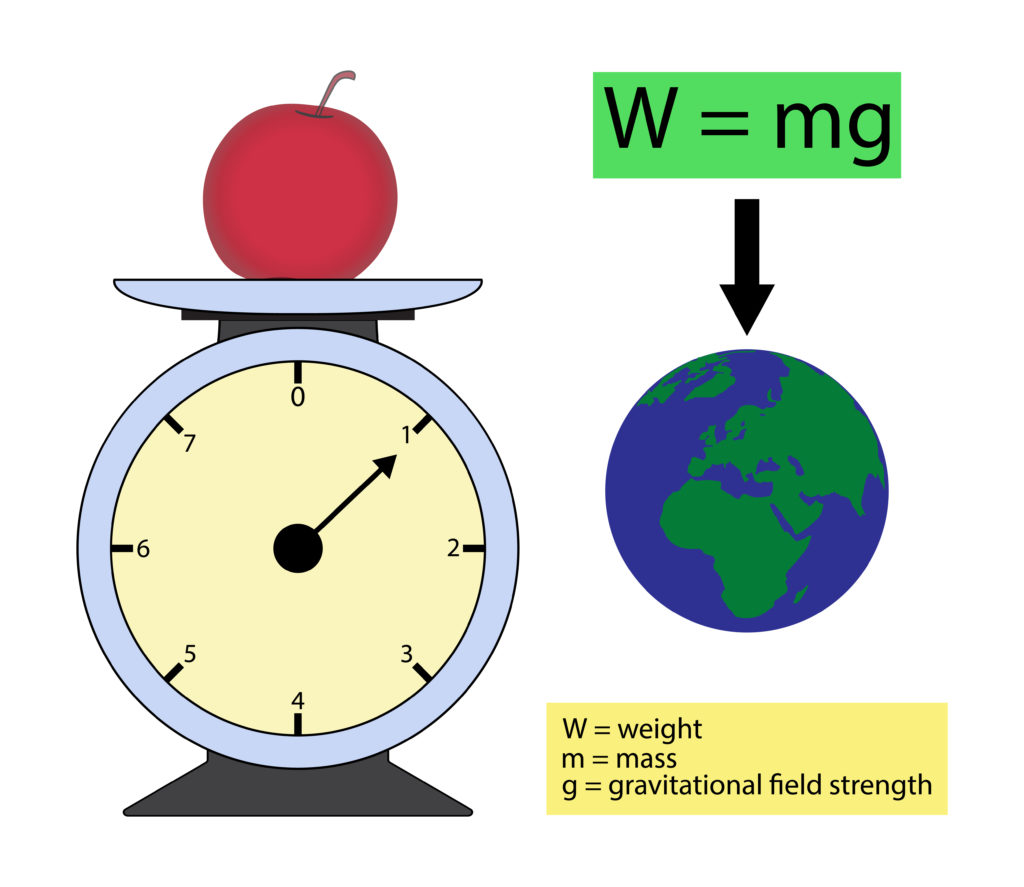
How much would you weigh on Jupiter?
Jupiter's gravitational pull is 2.4 that of Earth, so you would weigh 2.4 times more on Jupiter than on Earth.
How much would you weigh on the Moon?
The gravity on the moon is only 16.5% of that on Earth, so you would weigh a fair bit less on the moon. If you weigh 50 kg on Earth you'd only weigh 8.3 kg on the moon!!
If you think about the astronauts on the International Space Station. Their mass doesn't change much in the journey to the space station, but they weigh a lot less when they get there because of the lack of gravity!
How much would you weigh on another planet?
This very cool interplanetary weight calculator on the Exploratorium website works out on your weight on all the planets and some stars too!
Density demonstration
Heavy objects are usually very dense. One very cool way to demonstrate density is by making a density column.
Last Updated on May 26, 2022 by Emma Vanstone

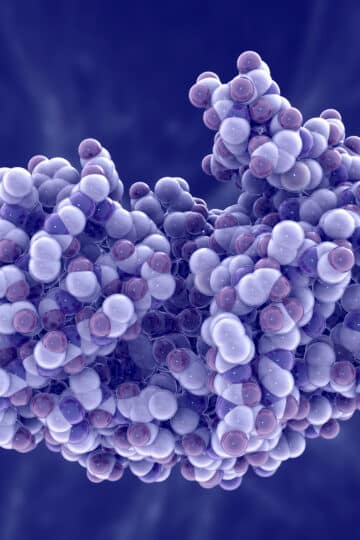
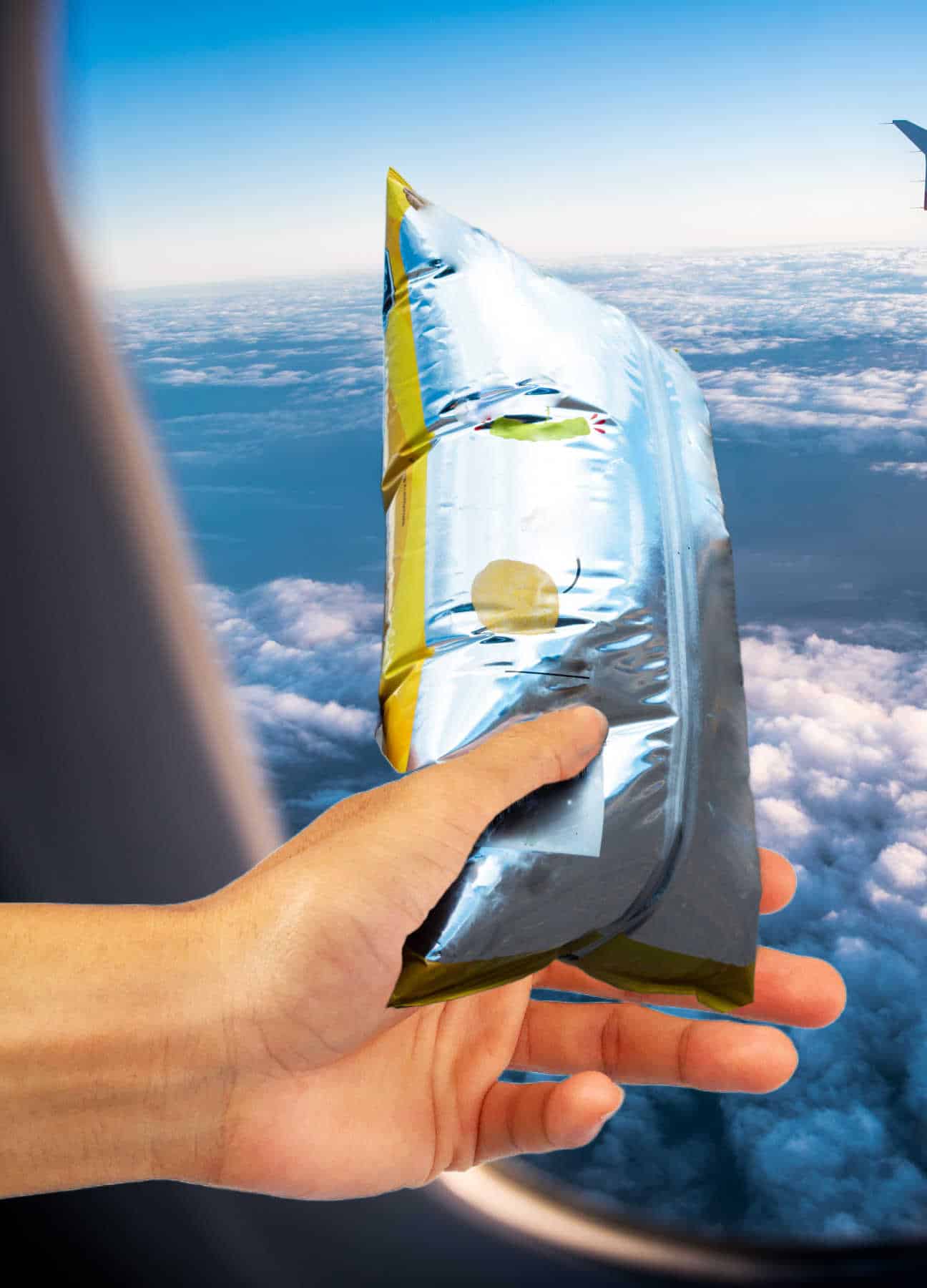
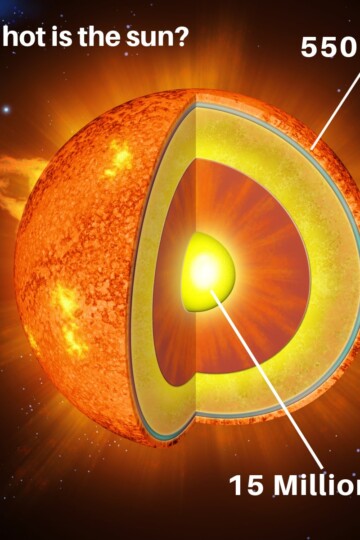
Victoria Rushing says
I am teaching density to my 3rd graders as well as my 8th graders right now. You post is a good explaination of the concept. Now add a density column and discuss relative density. thanks for the help.